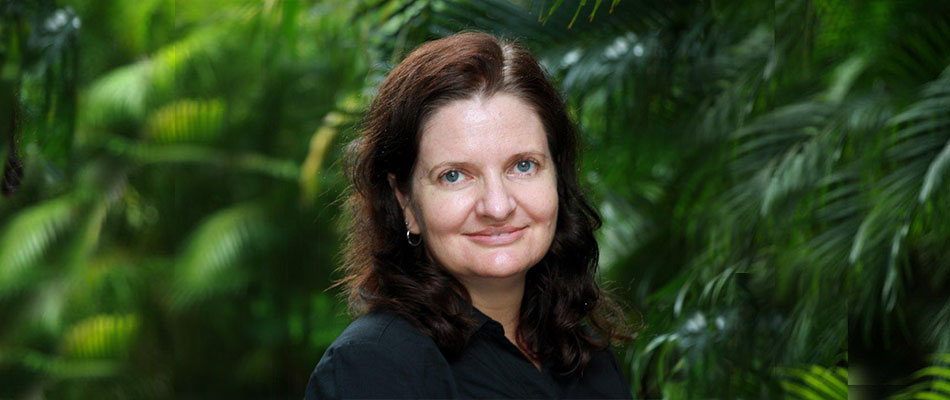You have to be patient- and sometimes lucky- to see a sea turtle. As these animals spend most of their lives in the ocean, it is only snorkelers and divers who are able to appreciate their true grace in the aquatic realm. People more comfortable with their feet on dry land have to wait for a glimpse during the few hours a nesting turtle is ashore to lay her eggs, or the mere minutes taken by a hatchling to crawl across the beach to the ocean.
Despite the opportunity to appreciate these charismatic animals being limited, there are many reasons we should all mark World Sea Turtle Day (June 16th). From historic trade to modern tourism, as ecosystem engineers and biological transporters, here are seven reasons- the same number as there are species of sea turtles worldwide- that they deserve their own day of recognition.
- Sea turtle meat and eggs have been an important source of nutrition for coastal communities. In current times, sea turtles in India are protected by the Wildlife (Protection) Act, 1972, which bans consumption of turtle meat and eggs by all except for indigenous tribal communities, including the Onges, and Shompen, in the Andaman and Nicobar Islands.
- The historic trade in turtle meat, eggs, oil, and shell has been replaced by a different commodity in India- that of tourism. For example, local income from the popular Velas Turtle Festival in the Ratnagiri district of Maharashtra has grown from that generated by <250 visitors and 8 homestays in 2006 to ~3,500 visitors and 35 homestays in 2015.
- Walking on the beach at night to look for nesting turtles with the Students’ Sea Turtle Conservation Network (SSTCN) in Chennai, and waiting with a crowd at dawn or dusk for someone to lift the basket covering a nest and discover if hatchlings have emerged from their nest during the Velas Turtle Festival, are unforgettable experiences to be shared with family and friends.
- Sea turtle nesting does more than sustain tourism; it’s also an important process in adding nutrients and energy to coastal environments. Eggs and hatchlings are important food items for predators such as crabs, birds, and fish. Eggs that don’t hatch, and even the shell and fluids from hatched eggs, sustain detritovores, decomposers, and plants. As they feed in one location and migrate to a distant beach to breed, sea turtles are regarded as important biological transporters of nutrients and energy between marine and terrestrial ecosystems.
- Sea turtles that feed on seagrass and soft corals are heralded as ecosystem engineers. Green turtles graze on seagrass, preventing seagrass beds from becoming overgrown and stimulating new growth. Similarly, hawksbill turtles feeding on sea sponges allow corals to flourish in reefs. Both seagrass beds and coral reefs provide important food and habitat for other marine species, include fish and shellfish, and protect coastlines during storms and cyclones, so the contribution of sea turtles to the integrity of these ecosystems is of great benefit.
- When the Hindu deity Lord Vishnu was reincarnated as a turtle, the world rested on their back. Science tells us of another world on the back of a turtle, a world of epibionts or small organisms including species of algae, barnacles, worms, hydra, crabs, sea stars, and sea urchins. A study in Florida, USA, counted an average of ~33,500 microscopic organisms supported on the shell of each turtle. These communities are unique to different locations and accompany turtles on their long migratory journey between feeding and nesting grounds.
- Sea turtles are important members of the marine food web. For example, an adult leatherback turtle of 450kg was estimated to eat around 330kg of jellyfish per day in the waters of Nova Scotia, Canada. Reduced numbers of sea turtles and other predators are believed to contributed to the more frequent blooms or swarms of jellyfish occurring since the 1950’s. High jellyfish numbers are undesirable to many industries, as jellies can deter tourists to coastal areas, kill fish in sea aquaculture pens, choke fishing nets, and reduce fish populations.
Despite their importance in sustaining and regulating environmental processes that also support us, human activities are the main threat to sea turtles. Refusing a plastic straw and carry bag have become popular ways to ‘save the sea turtles’, but meaningful conservation of these species requires us to more carefully plan development of coastal areas that are important turtle nesting and feeding areas and ensure fisheries do not entangle and drown turtles at an unsustainable rate.
You can learn more about sea turtles in India in the book ‘From Soup to Superstar’ by Kartik Shanker (HarperCollins, 2015). Younger readers will enjoy ‘Turtle Story’ by the same author (Pratham Books, 2005) and ‘Waiting for Turtles’ by Pankaj Sekhsaria (Karadi Tales, 2021).
-Dr. Andrea D. Phillott is a Professor of Environmental Studies at FLAME University and sea turtle biologist.


